Over the few years, both In-App Header Bidding and Mediation have become the talk of the town for the App monetization. Both of these have Pros and Cons in their own ways. Let’s first see what they each mean.
Meditation:
Ad Mediation (Waterfall Model) is a platform that allows you to display ads on your apps from different ad networks by maximizing the fill rate and increasing the App monetization.
It boosts mobile app revenue by sending an ad request to a series of third-party ad networks in the order of expected yield (waterfall). Each third-party ad network has the opportunity to fulfil an ad request; however, if one ad network fails to do so, the next ad network in the sequence gains the opportunity to fill the requests and so on.
Also, Mediation platforms make it easier for app publishers and Developers to manage multiple ad networks through an SDK (Implement the SDK of each ad network individually, resulting in the increase in app size).
How does Google App Mediation work?
- Ad Manager receives an ad request from the publisher’s mobile app.
- Which line items and yield groups are eligible to serve for the request is determined by the Ad Manager.
- Ad Manager establishes a chain of ad networks to request mediation, and then the expected yield of the mediation chain is compared to other line items in GAM.
- Ad Manager sends the mediation chain to publisher’s mobile app
- Google Mobile Ads SDK sends a request to each ad network and finally an ad is returned. (If none of the ad networks in the mediation chain are able to fill the ad request, the request will be unfilled)
To start using Mediation, the first step is to install the Google Mobile Ads SDK in the Mobile-app and then implement the network adapters to connect the app with each third-party ad network used for mediation.
Note: Mediation will only work/ apply for Single Size Ad requests; not for Multi size ad requests. UPR rules and Protections do not apply to Mediation.
| Mediation | |
| Advantages | Disadvantages |
| Increased competition from multiple ad networks | Conflict of Interest |
| Higher Fill rates | Increase in App Size |
| Higher CPM | |
Top App Mediation Partners in 2024
An app ad mediation partner is a platform that helps mobile app publishers connect their apps with multiple ad networks simultaneously. This allows publishers to maximize their ad revenue by finding the best-paying ad for each ad impression.
Best App Ad Mediation Partners
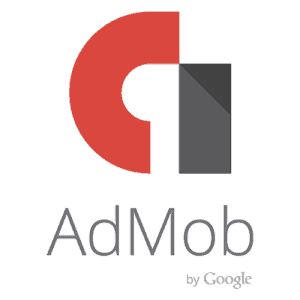
AdMob
Google’s own mediation platform, AdMob benefits from Google’s extensive ad network and data insights. Despite Google’s extensive ad network, AdMob has faced criticism for its occasional reliance on interstitial ads, which can be disruptive to user experience.
Applovin
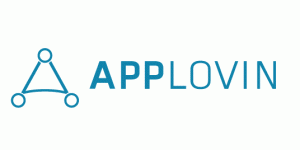
A leading mobile app platform, AppLovin’s mediation solution provides robust features and deep integrations with various ad networks. Despite its strong features, AppLovin has faced criticism from some developers regarding its revenue share model and potential for lower eCPMs in certain scenarios.
InMobi
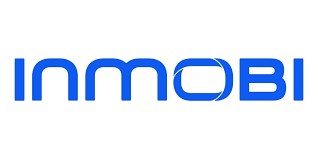
A global mobile advertising platform, InMobi’s mediation solution offers a wide range of features and integrations. InMobi has received feedback about its user interface, which some developers find less intuitive compared to other platforms.
Pubmatic
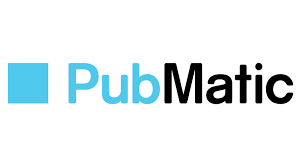
Known for its global reach and advanced technology, PubMatic offers a comprehensive platform for app mediation and programmatic advertising. While known for its advanced technology, some developers have noted a steeper learning curve for its platform.
Appodeal

Appodeal’s hybrid header bidding and waterfall approach aims to maximize eCPMs for publishers. While Appodeal’s hybrid approach is appreciated, some developers have reported occasional technical difficulties and slower response times from customer support.
Emerging Players
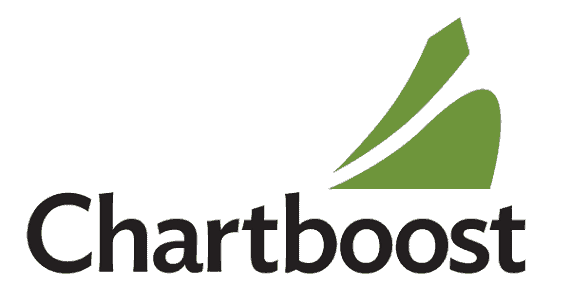
- Chartboost: Chartboost specializes in gaming app monetization and offers mediation solutions tailored to the gaming industry. While Chartboost’s focus on gaming app monetization is a strength, it might benefit from expanding its support for non-gaming apps.
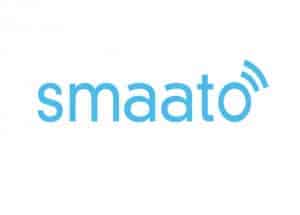
- Smaato: Smaato’s mediation platform focuses on real-time bidding and programmatic advertising. Smaato’s real-time bidding approach can be advantageous, but some developers have expressed concerns about its potential for higher latency and increased complexity.
When choosing an app mediation partner, consider the following factors:
- Supported ad networks: Ensure the partner integrates with the ad networks you want to work with.
- Features: Look for features like header bidding, waterfall optimization, and real-time bidding.
- Analytics and reporting: A robust analytics platform can help you track performance and make data-driven decisions.
- Customer support: Good customer support is essential for troubleshooting issues and getting timely assistance.
Positive Aspects
- Increased revenue: Developers often appreciate maximizing their ad revenue by connecting with multiple ad networks through mediation.
- Time-saving: Mediation platforms automate many tasks, such as managing ad requests and bidding, saving developers time and effort.
- Improved performance: Features like header bidding and waterfall optimization can help improve ad performance and fill rates.
- Data insights: Robust analytics and reporting tools allow developers to track their ad performance and make data-driven decisions.
Areas for Improvement
- Transparency and control: Developers often desire more transparency into the bidding process and greater control over their ad inventory.
- User experience: Some developers express concerns about the impact of ads on user experience and seek solutions to minimize disruptions.
- Privacy and data security: As privacy regulations become stricter, developers are looking for partners that prioritize data security and comply with relevant laws.
- Customization and flexibility: Developers often desire more customization options to tailor mediation solutions to their specific needs.
Header bidding:
In-app Header bidding, also referred to as Unified Auction or parallel bidding, is a sophisticated advertising strategy in which mobile publishers may sell their ad inventory in an auction, allowing all of their advertisers to compete against one another at the same time.
It delivers a variety of monetization benefits to the publishers by flattening the Mediation (Waterfall) setup. With header bidding, Publishers may guarantee they get the highest possible CPMs for their inventory by using in-app bidding, which lets advertisers compete for impressions in real time rather than being placed in a hierarchy of demand partners (like in waterfall).
Publishers usually offer ad inventory to several ad exchanges before making calls to their ad servers. In-app header bidding (or unified auction) allows the app publishers to present it simultaneously to all interested parties, creating fair competition for every piece of free ad space within an app. Owing to the increased competition among the advertisers, In-App Header Bidding has the advantage of boosting CPMs.
Additionally, Header Bidding can scale effectively through server-side bidding, instead of adding an SDK of each ad network like in the waterfall method. Header bidding auction works on the first-price auction model, which means that the highest bidder gets to serve their ad creatives, and they pay exactly what they bid during the auction.
| In-App Header Bidding | |
| Advantages | Disadvantages |
| Increased demand | Increased latency |
| Full transparency | Troubleshooting complexity |
| Improved efficiency | Loss of forecasting integrity in the ad server |
| Increased fill rates | Reports discrepancies |
Waterfall Vs Header Bidding Auction, Which is better?
Depending on the App needs, any of the two approaches may be preferable, since they both offer advantages in various ways. Header Bidding is the way to go if you want to automate your advertising operations. App mediation may be the best option if you want a more hands-on approach where you can carefully regulate and optimize your ad revenue.
Both mediation and in-app header bidding help publishers of all stripes increase
Revenue, improve fill rates and provide a better user experience.
Both ad mediation and header bidding are excellent methods of generating income from a mobile app. You should choose which method is most suited to your needs and then apply it accordingly.
Conclusion
Now that you have a better idea of the differences and implications of Header Bidding and Mediation, you can decide whether it’s a good fit for your App. Having trouble monetizing your app and implementing Header Bidding or Mediation? We know how difficult ad operation can be to do alone, so let MonetizeMore help. MonetizeMore is a Google Certified Publisher Partner and has helped thousands of publishers realize their Ad Revenue Potential. Make more ad revenue by getting started here!
source https://www.monetizemore.com/blog/in-app-header-bidding-or-mediation/

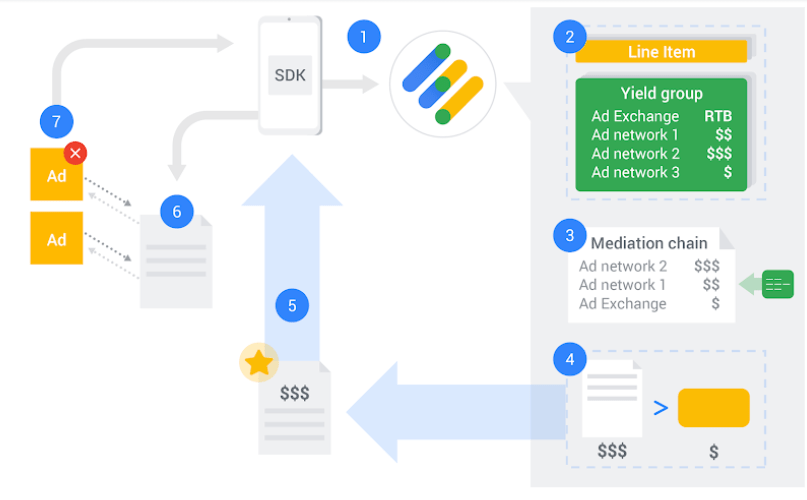
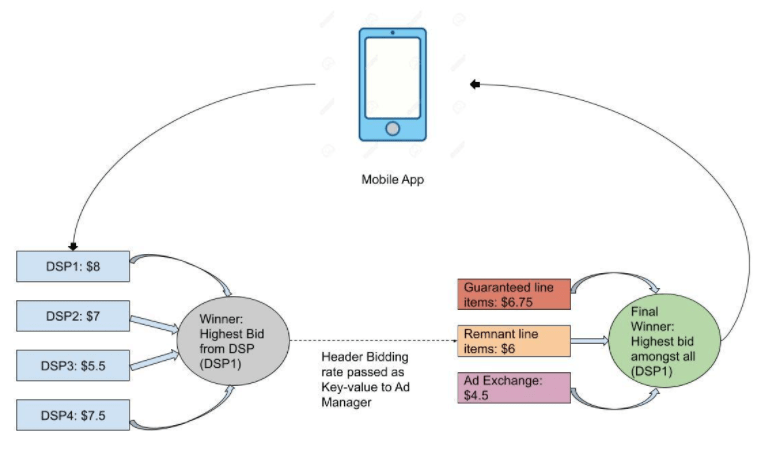
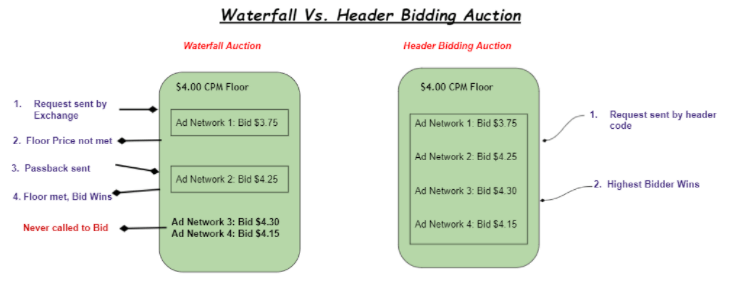


0 Comments